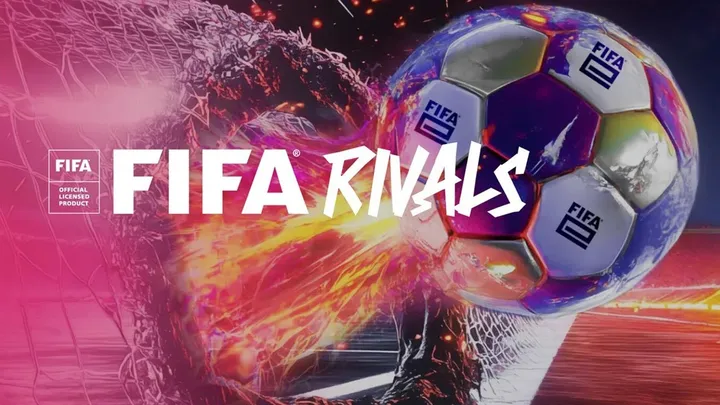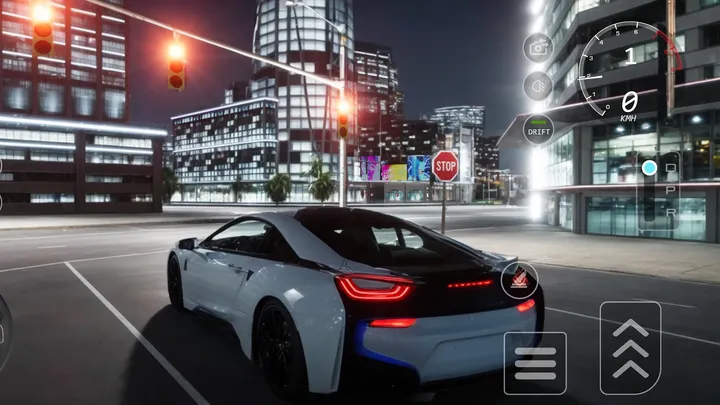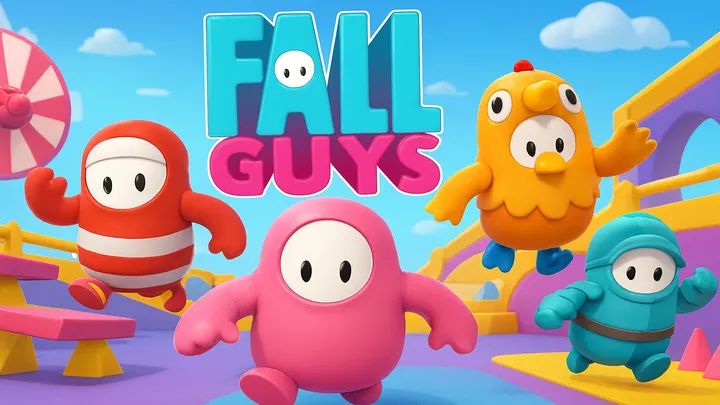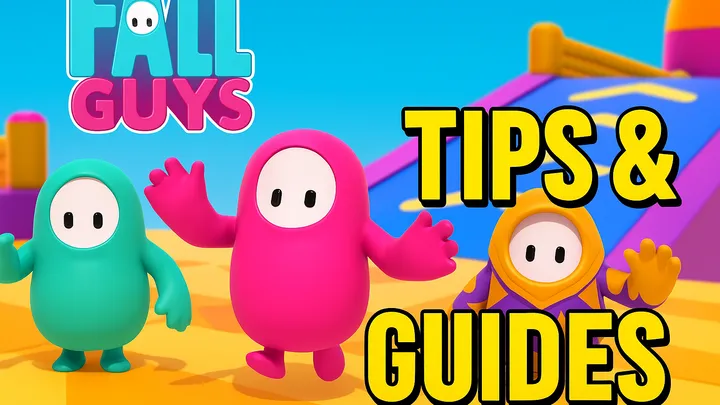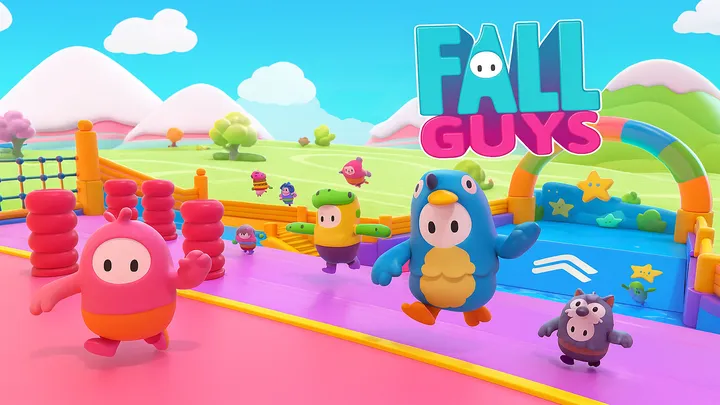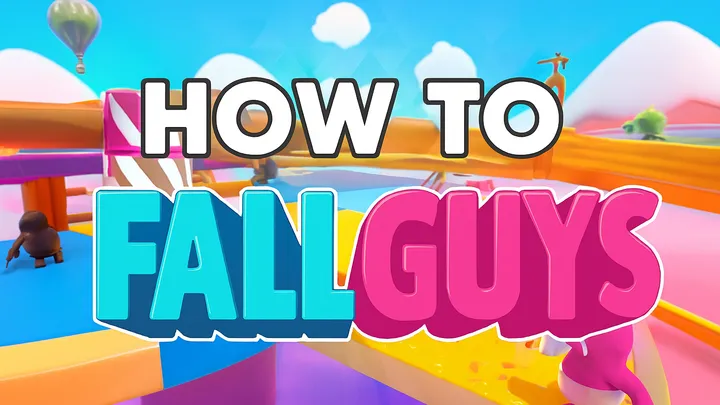Geometry Dash is more than just rhythm-based tapping—it’s a relentless test of reflexes, timing, and precision. Among the many game modes, the Wave stands out as one of the most notorious. First introduced in the update “Electroman Adventures,” the Wave quickly became iconic for its steep learning curve, sharp vertical changes, and unforgiving gameplay. For many players, mastering Wave mode is the key to unlocking higher-level completions, tackling Extreme Demons, and finally overcoming levels that once felt impossible.
This guide is not a surface-level overview. Instead, it dives deep into advanced tips, detailed mechanics, and practical strategies for mastering Wave mode. Across this guide, you will find structured lessons, each building upon the last—perfect for players aiming to refine their skills and climb toward mastery.
Understanding the Basics of Wave Mode
Before diving into advanced strategies, you must first understand the fundamental mechanics of Wave mode. Unlike Cube or Ship modes, where momentum has gradual shifts, the Wave reacts instantly. Holding down the button propels the Wave upward at a sharp angle, while releasing it sends the Wave plunging downward at the same angle. This simplicity makes it deceptively difficult.
For beginners, the first hurdle is adjusting to the sensitivity of the controls. Unlike other modes, the Wave doesn’t forgive hesitation. A split-second delay can mean crashing into spikes. Many new players mistake rapid tapping as the key to mastering Wave, but that only works for spamming sections. Precision and rhythm are equally important.
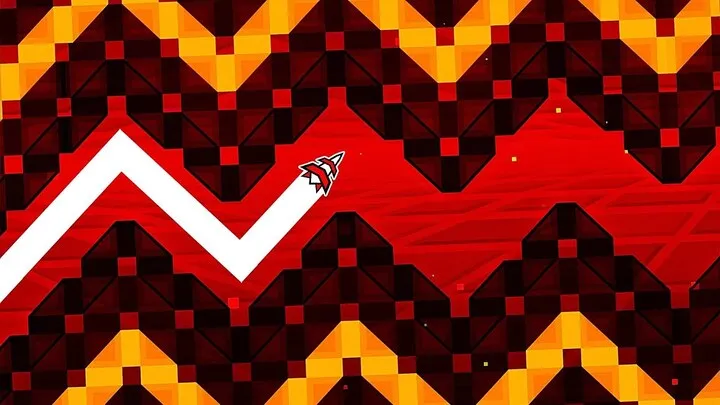
Think of Wave movement as a dance between micro-taps for control and long holds for transitions. Recognizing when to alternate between the two is the cornerstone of becoming efficient in this game mode.
Developing Wave Control Through Rhythm Training
Once the basics are clear, the next step is developing control through rhythm training. Geometry Dash isn’t just about movement; it’s built around music. Each Wave section aligns with beats, and skilled players leverage rhythm to predict and time their actions.
To train, start with easier levels featuring Wave segments, such as Geometrical Dominator or community-made Easy/Normal-rated Wave practice maps. Instead of focusing on completion, listen closely to the music. Tap in rhythm with the beat, and notice how holding longer during buildup sections aligns with slower notes, while quick taps match high-paced rhythms.
A strong rhythm sense will reduce panic. When faced with high-speed transitions, your muscle memory will already align your taps with the background soundtrack. Over time, rhythm training transforms the Wave from a chaotic challenge into a predictable, almost musical flow.
Mastering Spam Technique in Wave
One of the most feared and iconic aspects of Wave gameplay is the spam technique. Spam refers to rapidly tapping the button to oscillate the Wave in short, rapid arcs—commonly used in extreme levels like Bloodbath or Tartarus. While it looks chaotic, spam is not random—it’s a controlled rhythm.
Correct Spam Speed
The trick is to find a tapping speed that matches the narrow corridors you must navigate. Tapping too fast pushes the Wave into jagged, unreadable arcs. Too slow, and you risk overshooting. Many top players practice spam outside the game using clicker trainers or metronome apps to improve consistency.
Finger and Input Technique
Keyboard players often use their index and middle fingers in alternation for faster spam, while mobile players focus on finger endurance. Some even map controls to specialized mice or setups for consistent spam.
Spam is exhausting, so stamina matters. Practicing spam-heavy levels in short bursts prevents fatigue while building endurance for longer Extreme Demon attempts.
Precision Micro-Taps for Tight Spaces
Not all Wave challenges rely on spam. Many levels instead demand micro-tap mastery—tiny, deliberate inputs to weave through spikes. Unlike spam, micro-taps require absolute control. Each tap must be short and light, avoiding overcorrection.
Training Micro-Taps
To practice, load up custom levels designed with narrow corridors. Focus on maintaining a steady altitude without drifting too far up or down. Slow practice is vital here—set your practice speed to 50–75% until you consistently clear the section.
When to Use Micro vs Spam
A key to mastering Wave is recognizing when micro-taps are more efficient than spam. For example, in levels like Deadlocked, micro-taps provide smoother transitions, while spam risks desyncing from the rhythm. The ability to quickly switch styles is what separates skilled players from beginners.
Handling Speed Changes in Wave Mode
One of the most disorienting challenges in Geometry Dash is speed changes. Wave mode is already sensitive, and when the game doubles or triples the speed, precision becomes critical.
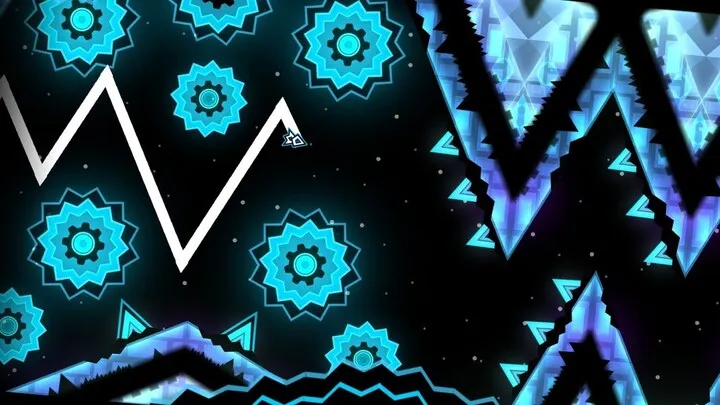
Adapting to Faster Speeds
At higher speeds, the Wave exaggerates every mistake. The best approach is to simplify movements—avoid over-tapping. Think of guiding the Wave through arcs rather than “fighting” the speed.
Training at Variable Speeds
Custom practice levels with alternating speeds are invaluable. Spend time at different multipliers—0.75x, 1x, 2x—so that when levels throw sudden changes, your reflexes adapt smoothly.
The Psychology of Speed
Speed changes often cause panic, which is as dangerous as spikes. Keeping calm and maintaining rhythmic tapping allows your brain to process faster transitions without overreacting.
Memorizing Wave Patterns in Demon Levels
Wave segments in Demon levels often follow strict patterns, requiring both memorization and execution. Unlike early-game Waves, which can be solved through reaction, Demon Waves demand foresight.
Visual Landmarks
Many players memorize patterns using visual landmarks in the background. A spike, block, or even a background decoration can serve as a reference point for when to tap.
Chunking Method
Break the Wave segment into small “chunks.” Instead of trying to memorize a 20-second spam tunnel, divide it into sections, each with a specific rhythm. Master each chunk individually, then stitch them together.
Pattern memorization also ties into endurance—Demon Waves often last longer than standard ones, so maintaining focus is just as important as tapping.
Overcoming Common Mistakes in Wave Mode
Every Geometry Dash player struggles with similar mistakes in Wave mode. By recognizing and correcting them, you can drastically improve performance.
- Over-tapping: Too many inputs lead to jagged movement.
- Under-tapping: Hesitation causes missed arcs.
- Tunnel vision: Focusing too hard on the Wave instead of the path ahead.
- Panic during transitions: Sudden changes in size or speed causing overcorrection.
Correcting Mistakes Through Review
Record your runs and review them. Often, players misdiagnose their problems. Watching a replay shows whether you’re too aggressive, too passive, or simply mistimed.
Correcting mistakes requires awareness, patience, and an honest evaluation of your habits.
Advanced Strategies for Extreme Demon Waves
Extreme Demons elevate Wave mode to its absolute peak difficulty. These levels combine spam, micro-taps, speed changes, and tight corridors into relentless sequences.
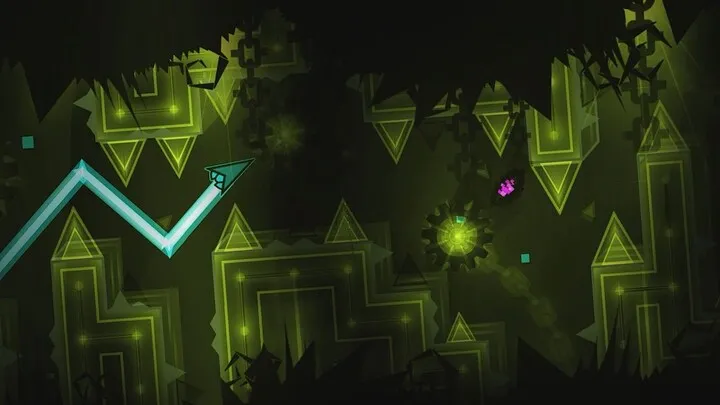
Strategy Stacking
At this stage, success comes from stacking multiple skills. You may need to spam for a few seconds, then immediately switch to micro-taps at triple speed. Only by blending techniques seamlessly can you survive.
Mental Endurance
Extreme Demon attempts are often long grinds, requiring hundreds or thousands of retries. Mental endurance becomes as important as skill. Breaks, steady breathing, and persistence are your best allies.
Example Levels
Levels like Sonic Wave or Artificial Ascent showcase some of the hardest Wave sequences ever designed. Studying replays from top players reveals creative solutions and input styles that you can adapt to your own gameplay.
Building Consistency Through Practice Levels
Consistency doesn’t come from luck—it’s built through targeted practice. While it’s tempting to grind one Demon endlessly, smart players train with Wave-dedicated practice maps.

Community Wave Challenges
The Geometry Dash community has created thousands of Wave challenges at different difficulties. Playing these daily builds stamina and adaptability.
Incremental Training
Start with easier challenges, then scale up to insane and demon-rated ones. This incremental approach mirrors real training—you don’t attempt the hardest levels first, you build up to them.
Consistency isn’t about clearing once; it’s about performing repeatedly, under pressure, with minimal errors.
Maintaining Mental Focus and Avoiding Burnout
Finally, no guide would be complete without discussing mental focus. Geometry Dash, especially Wave mode, is as much a psychological challenge as a mechanical one. Burnout, frustration, and fatigue are the silent killers of progress.
Managing Sessions
Play in short, focused bursts rather than marathon sessions. After 30–45 minutes of Wave grinding, take a break. Your accuracy drops drastically after prolonged stress.
Building Confidence
Celebrate small wins. Even mastering a single tricky section is progress. Keeping morale high ensures long-term improvement.
By balancing skill-building with mental care, you’ll not only become a stronger player but also enjoy the process more fully.
Conclusion
Mastering Wave mode in Geometry Dash is not a quick journey—it’s a marathon of precision, rhythm, and perseverance. From understanding the basics to diving into advanced spam techniques, micro-tap precision, handling speed changes, and grinding Extreme Demons, every step builds upon the last. Along the way, recognizing mistakes, building consistency, and maintaining mental focus ensures that your skills continue to grow.
Wave mode is more than just a mechanic—it’s the ultimate test of patience and control in Geometry Dash. With dedication and smart practice, you can conquer even the most fearsome Demon levels and join the ranks of Wave masters who make the impossible look effortless.





